burned bottom of feet
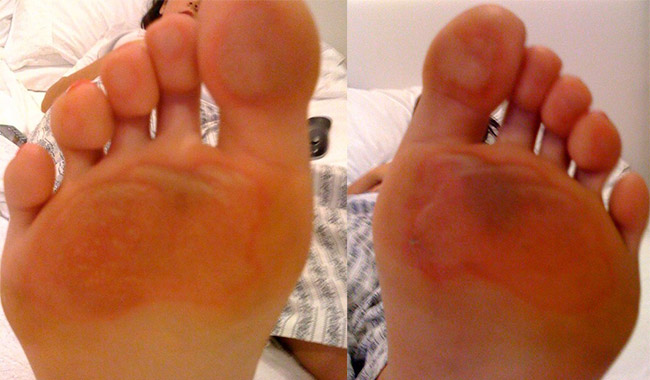 Beware the Florida Summer Sun! | Dominic Carreira, MD | Hip Arthroscopy & Foot & Ankle Surgery
Beware the Florida Summer Sun! | Dominic Carreira, MD | Hip Arthroscopy & Foot & Ankle SurgeryHow to recognize and treat a burn blister We include products that we believe are useful to our readers. If you buy through links on this page, we can win a small commission. A blister of burn is an ampoule filled with liquid that can form as a result of a burn. While some people find these blisters unwarrantedly, they can help prevent infection and other complications. People should avoid hitting or damaging an ampoule. These blisters are the body's way of protecting the underlying burning skin while healing. In this article, learn more about burnt blisters. We also cover first aid, home remedies and medical burn treatments. A blister of burn is a skin cover that forms on a burned area of the body to protect it from infection. Burnt blisters can form on mild to severe burns, and people should try to leave the blistering intact until the burns under heals. Some basic first aids can help prevent a blistering, reducing skin damage. People can use first aid to help relieve pain and reduce burning complications. Making basic first aid can prevent a large blistering. For minor burns: People should not try to treat the skin by: People may want to take medications against free selling pain, such as ibuprofen, can help relieve any discomfort. If someone has a serious burn, they should call 911 or go to an emergency room immediately. While waiting for medical help, they should: People should try not to pop any blisters, as the blistering is a natural barrier that the body forms to protect against the infection. An amp may form even under the dressing. While some people find them uncomfortable or foolish, it is better to take a practical approach. If the blistering breaks, clean the burning area carefully with warm water and mild soap. People must protect the burned areas of the sun, as the burning skin is more sensitive to direct sunlight. Applying sunscreen with a 30 or more SPF can also help prevent healing. People with minor burns can often treat these injuries at home. A doctor can also provide treatments, such as:People with severer burns will need medical care. A doctor may treat severe burns by:There are different types of burns ranging from mild to severe and affecting different layers of the skin. First-degree burn A first-degree burn affects the upper layer of the skin, or the epidermis. First-degree burns are minor and do not usually cause burn blisters. First-degree burns may feel painful, look red and may swell slightly. A is an example of a first-degree burn, or if the skin touches something very briefly. People will generally be able to treat first-degree burns at home and find that burns healthy within a week. Second-degree burnsThe second-degree burns are slightly deeper, reaching the second layer of skin, which doctors call the dermis. Second-degree burns seem red and often create blisters of burn. Second-degree burns may vary from mild to severe. People with mild second-degree burns may usually treat their burn at home. Burning or blistering may need medical attention if it is large, causes intense pain or is infected. Third-degree burn Third-degree burns are severe, as they damage the first and second layers of the skin, and can damage the tissue, hair follicles and sweaty glands that are found under the skin. People with severe burns may not experience any pain, as burning may cause nervous damage. These burns may appear white, black or brown. They can form blisters as part of the healing process. People with third-degree burns need urgent medical care. High-level burns are, as the damage goes deeper into the body. These burns extend to the body and can reach fat, muscle, tendons, joints and bone. People with these high-level burns need immediate medical care. An injury to this degree may result in loss of the part of the burned body. People can help protect themselves and others from burns by caring for hot fluids and food to prevent scalp. People should also launch fire safety measures. Ways to help prevent burning include: People can be able to prevent a lesser burn from getting worse by running it under cold water at least 10 minutes immediately after burning. Most minor burns heal without medical treatment, usually within a week, and a person does not need to see a doctor. People should see a doctor if a minor burn: People should also see a doctor if the burn is in any of the following areas of the body: If the burn is severe, people should seek medical help immediately. A severe burn can be:People should also look for emergency help if:People can treat mild burns at home by cooling the burn and applying a barren dressing without a stick. People should try not to pop up or pop any blisters, as this could increase the risk of infection and stop the healing process. People should look for immediate medical care for more severe burns and follow your doctor's instructions for further home care. Some of the home remedies listed in this article are available for online shopping. Last medical review on 26 February 2019Most recent newsRelated coverage

Toddler suffers burns on playground rubber mat | Daily Mail Online

Burns on the Feet | Absolute Foot Care Specialists

Did The Sand Burn Your Feet?

Mom suffers severe foot burns after stepping on sand under 'cold' disposable barbecue | Fox News

Butler Co. mother claims daycare is to blame for child's burned feet

Foot Health: Reasons You Feel Burning in Your Feet

Blister - Wikipedia

Burn On Foot! - YouTube
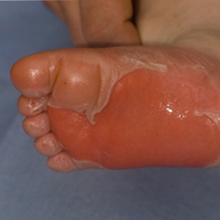
Burns | BAPRAS

Managing Hot Pavement Burns On Your Feet - Aetrex Footprints Blog

What To Do If You Burn Your Feet - Foot.com

Toddler suffers horrific second-degree burns to her feet after stepping on hot metal grate | Daily Mail Online

Study: Hot Pavement Can Cause Second-Degree Burns | Health.com
/GettyImages-925779751-78c5eae38598482baf077cbcc72750f3.jpg)
Burn Pictures: First, Second, and Third Degree
Acid foot care products may cause chemical burns or serious pain! - National Consumer Affairs Center of JAPAN -

Reasons You Feel Burning in Your Feet
/hot-feet-on-ice-PM-Images-Digital-Vision-GettyImages-168956797-56a9dbdb5f9b58b7d0ff9062.jpg)
How to Avoid Hot Feet When Walking or Running

How To Assess And Manage Burn Injuries Of The Foot | Podiatry Today
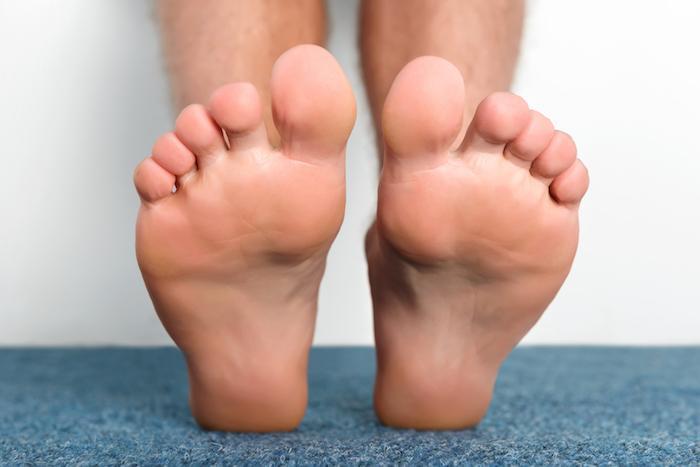
10 Illnesses That Can Cause a Burning Feeling in Your Feet: Ryan Golub, DPM: Podiatrist
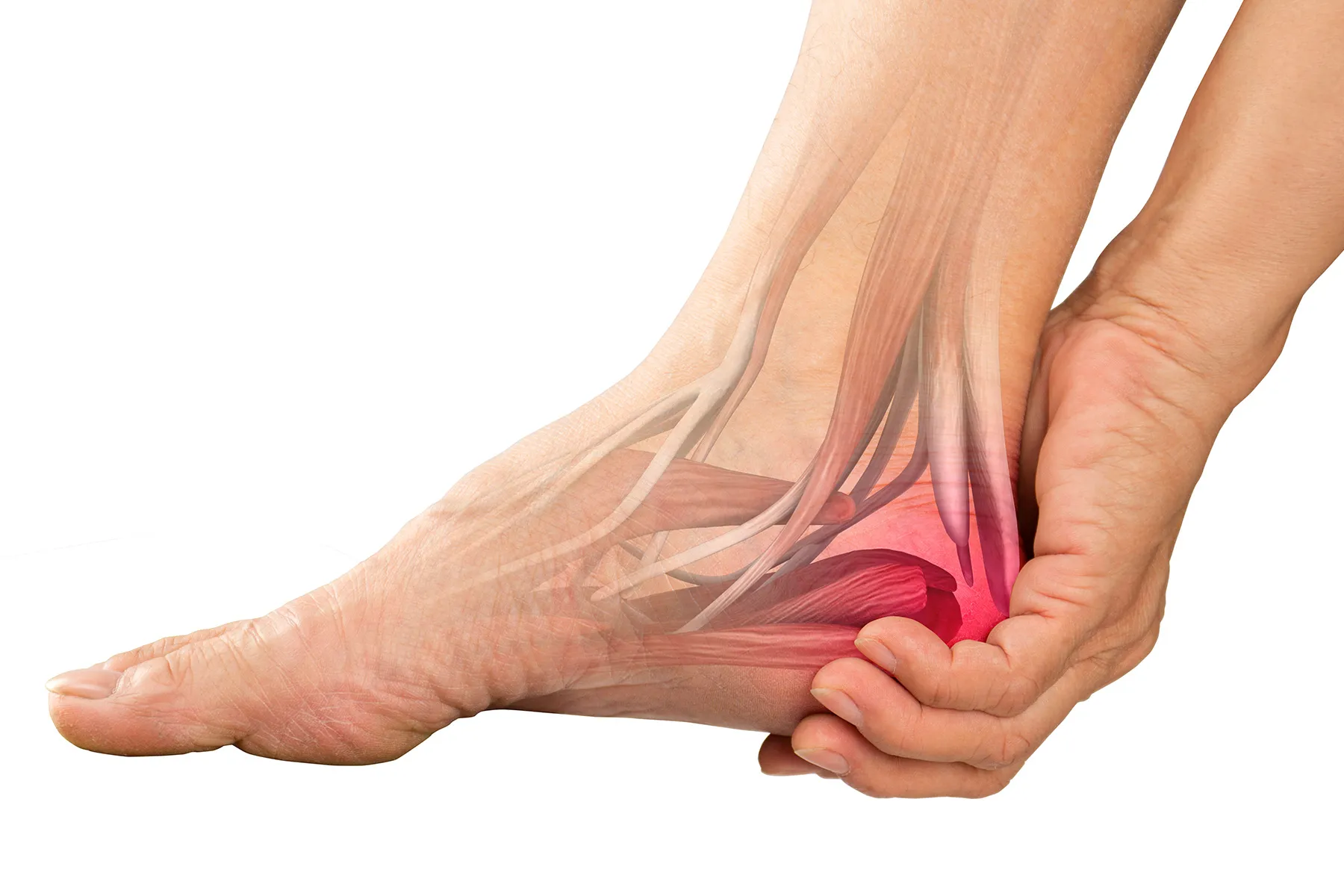
Reasons You Feel Burning in Your Feet

My Burnt Foot - The Amateur Gourmet
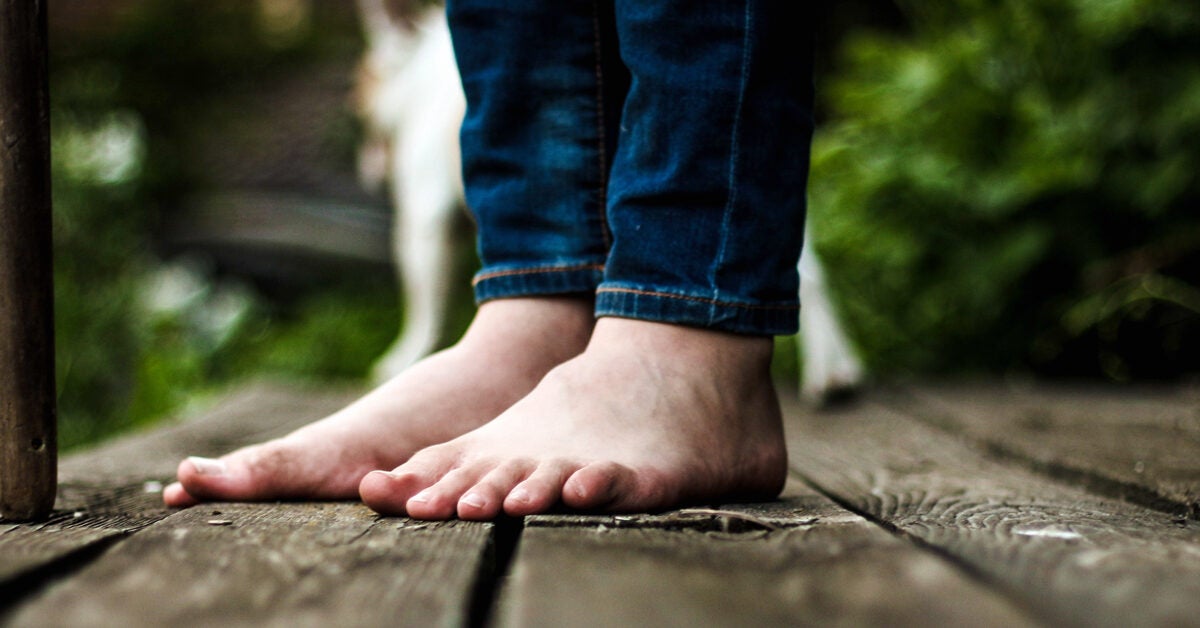
Burning in Feet: 15 Causes, Home Remedies, in Diabetes, and More
Acid foot care products may cause chemical burns or serious pain! - National Consumer Affairs Center of JAPAN -
/cdn.vox-cdn.com/uploads/chorus_asset/file/18940339/Untitled.png)
Antonio Brown's feet look like a horror show. Here's why. - SBNation.com
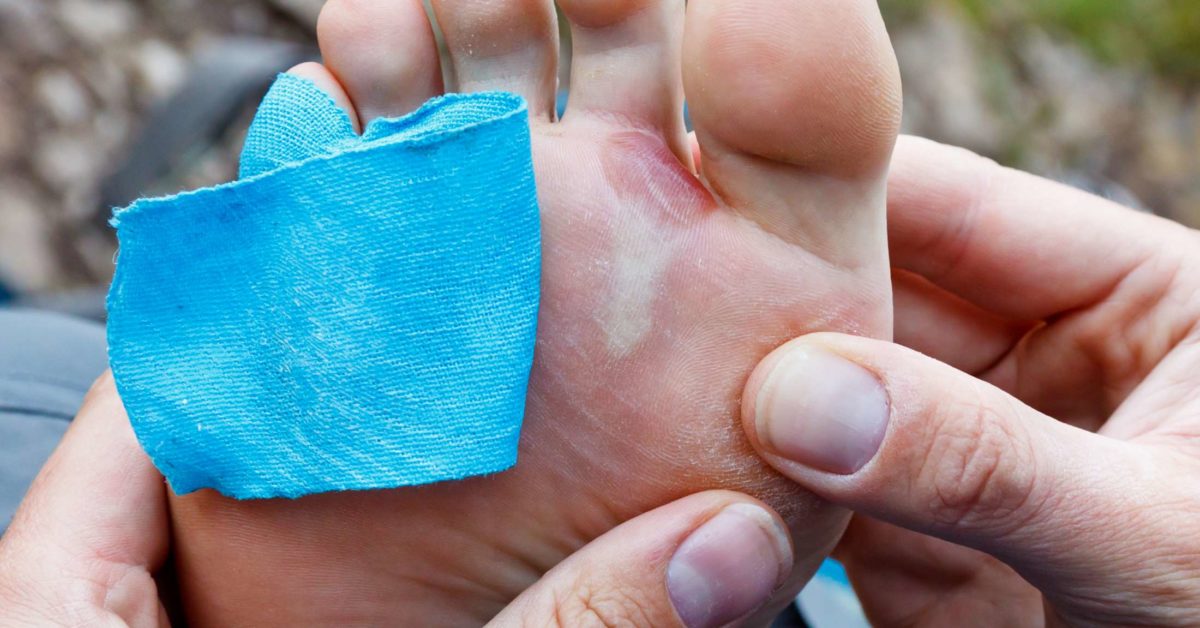
Should you pop a blister? When to do it, safe methods, and tips
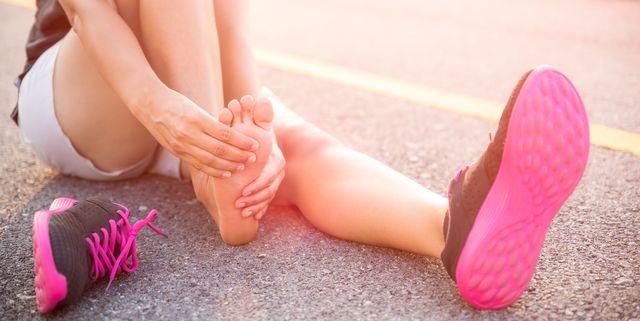
Pain in Arch of Foot | Foot Pain in Runners

Ooh! Ouch! That Scorching Hot Pavement Can Actually Burn Your Skin – Health Essentials from Cleveland Clinic
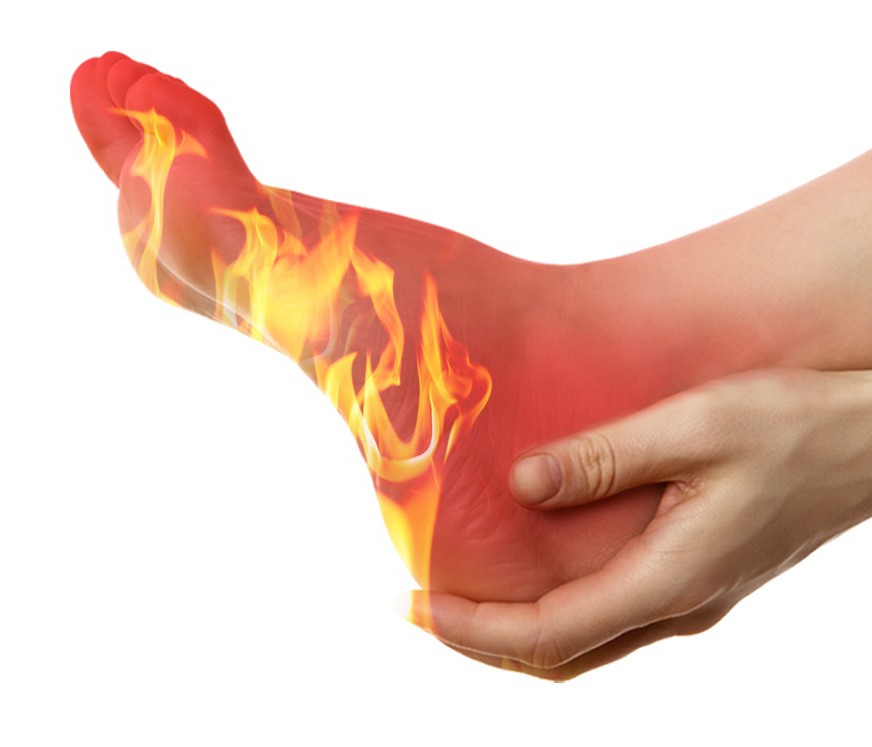
I have a burning sensation on my feet. Why are my feet on fire?

Hot feet: Causes and treatments

Burns on the Feet | Absolute Foot Care Specialists

Toddler Gets Severe Burns From Popular 'Jelly' Shoes
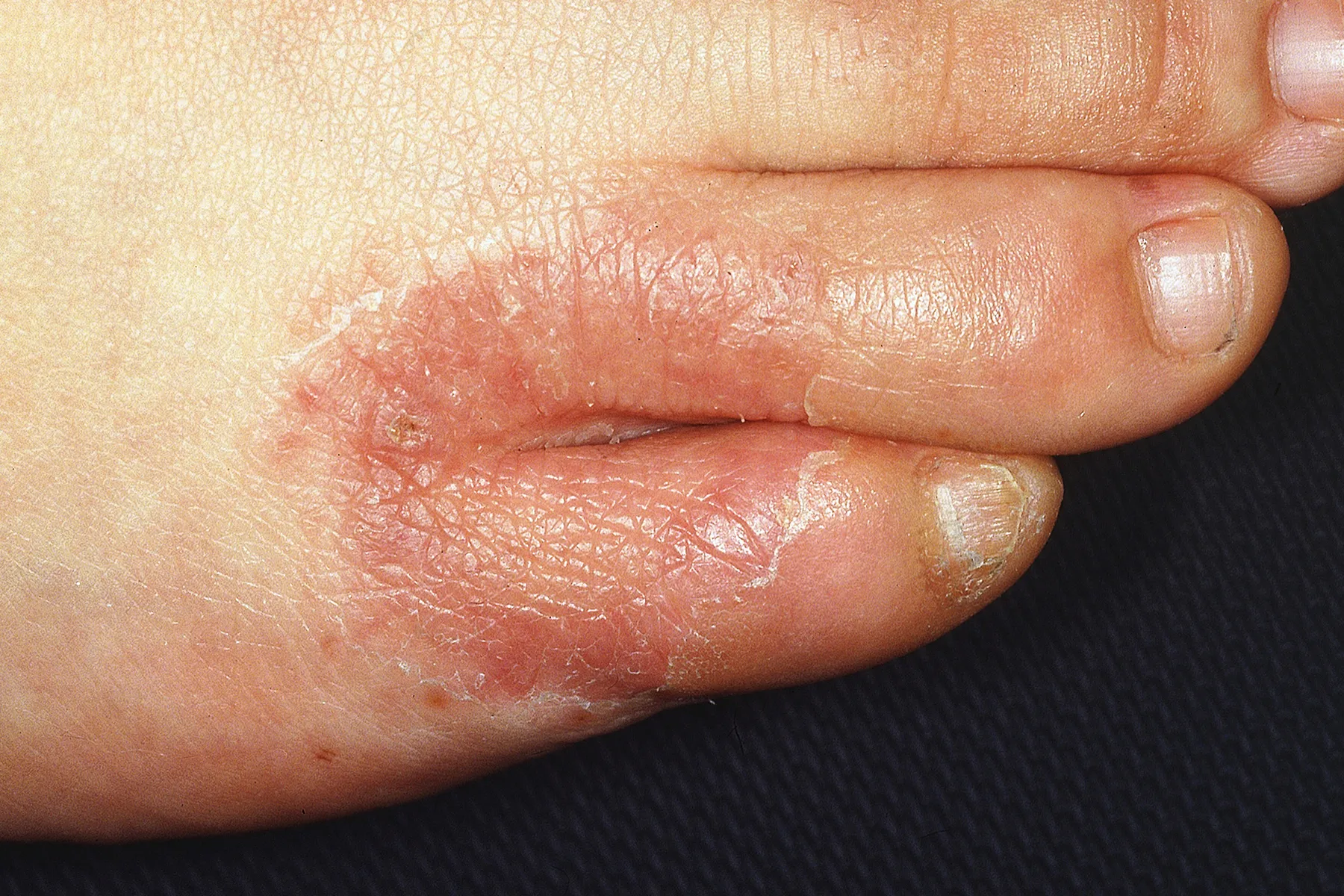
Reasons You Feel Burning in Your Feet

Garlic Burns | Consultant360
Study: Hot Pavement Can Cause Second-Degree Burns | Health.com

10 Tips on Honey for Burns

Why You Need to Control Your Blood Sugar to Avoid Diabetic Neuropathy – Health Essentials from Cleveland Clinic

Owlet Baby Monitor burns baby's foot - Kidspot
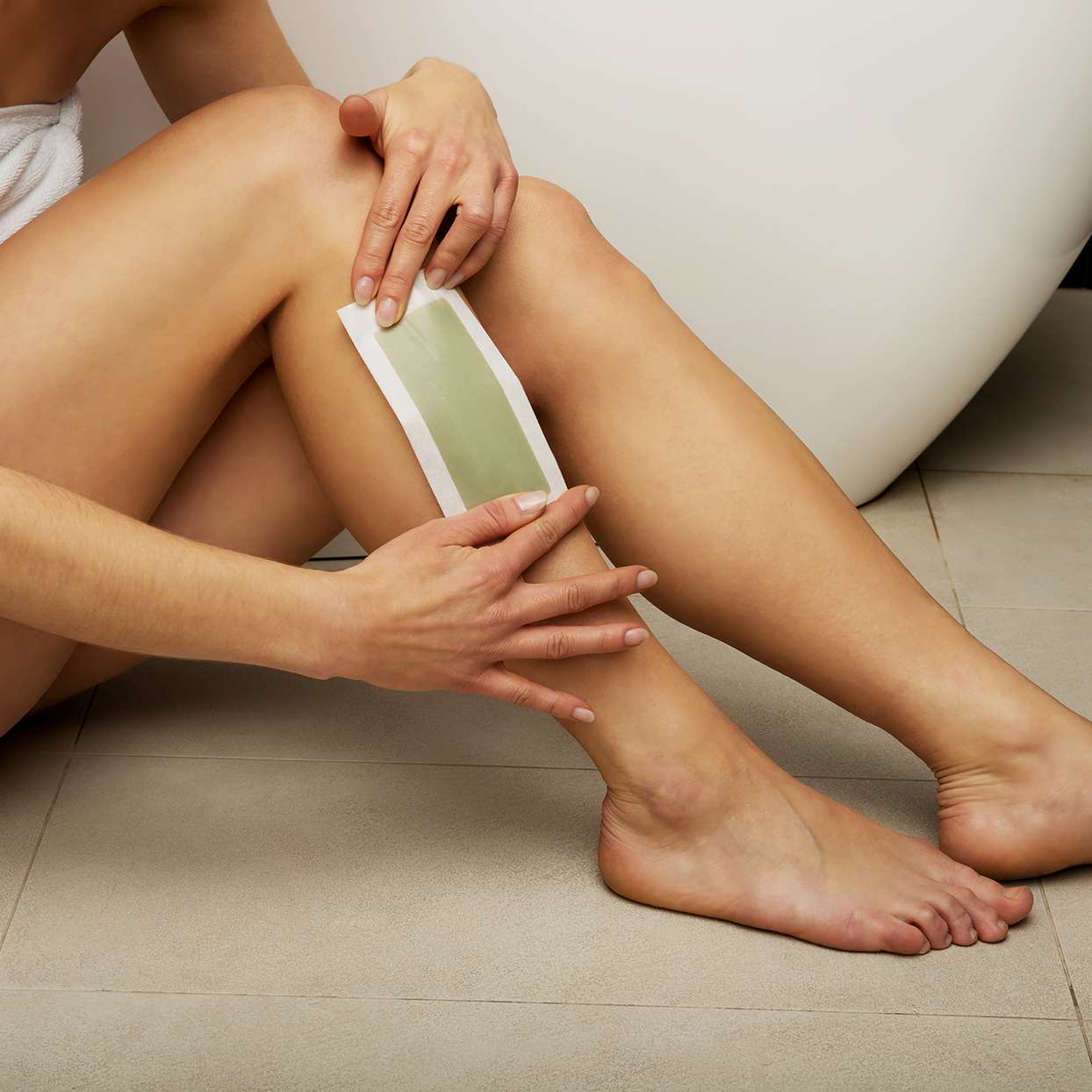
How to Treat a Second-Degree Burn from Waxing, According to Dermatologists | Shape

When Frostbite Strikes

What To Do If You Burn Your Feet - Foot.com
Posting Komentar untuk "burned bottom of feet"